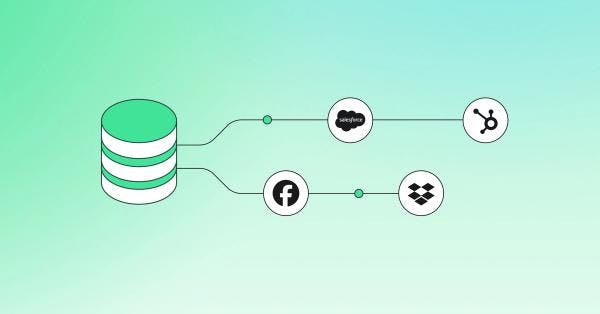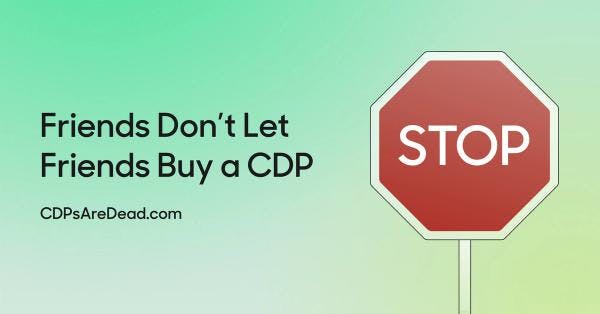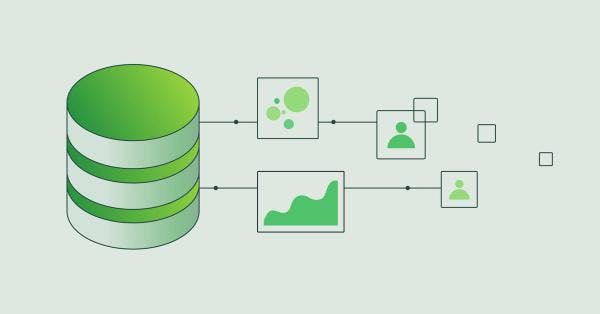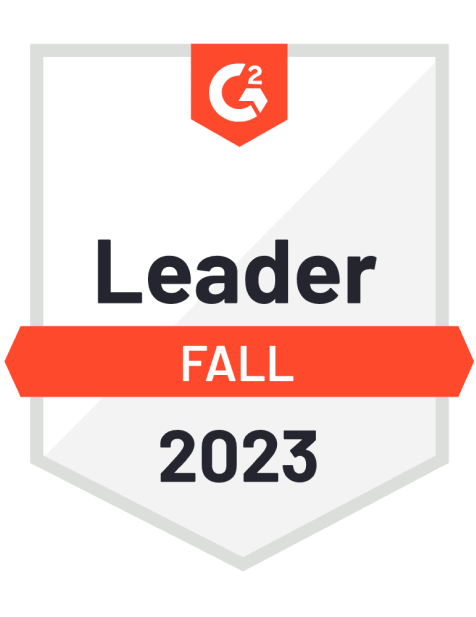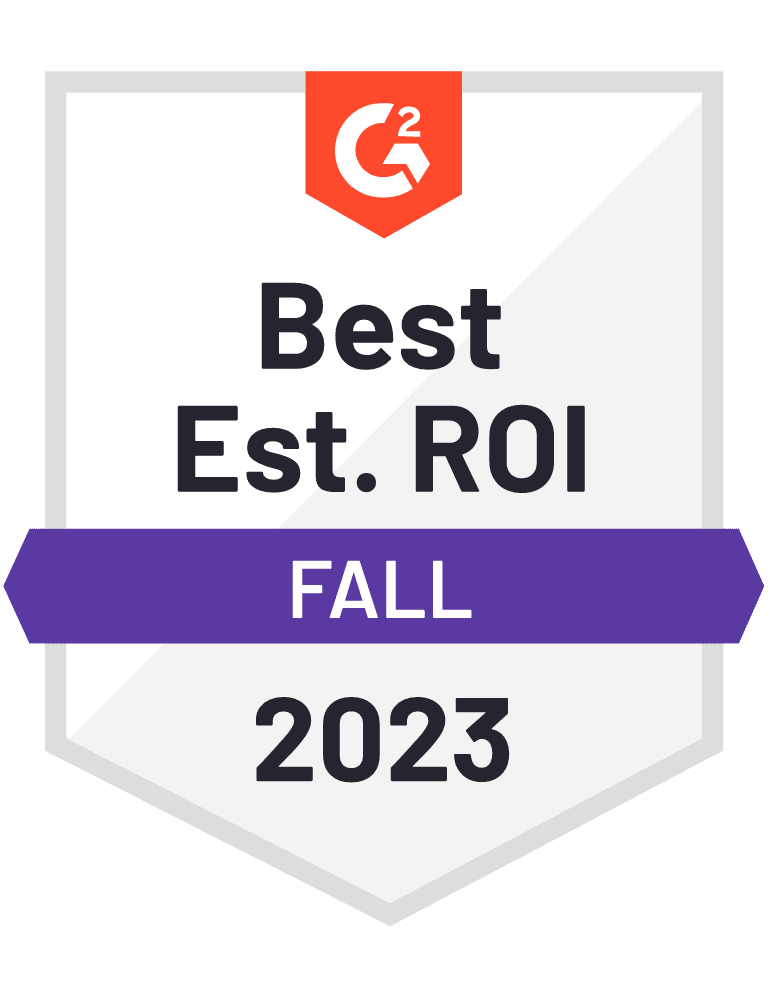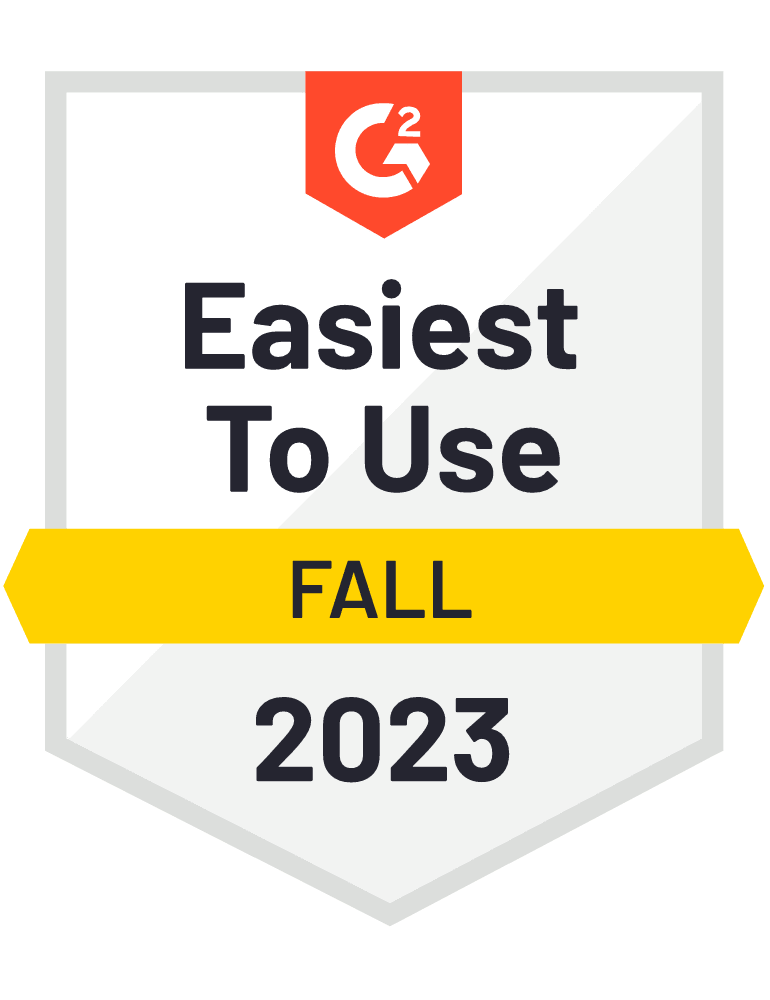How SDRs Can Utilize Product Usage Data for Personalization
Learn how your SDRs can hyper-personalize their outreach with product usage data to generate more pipeline.

Vlad Oleksiienko
January 11, 2023
7 minutes
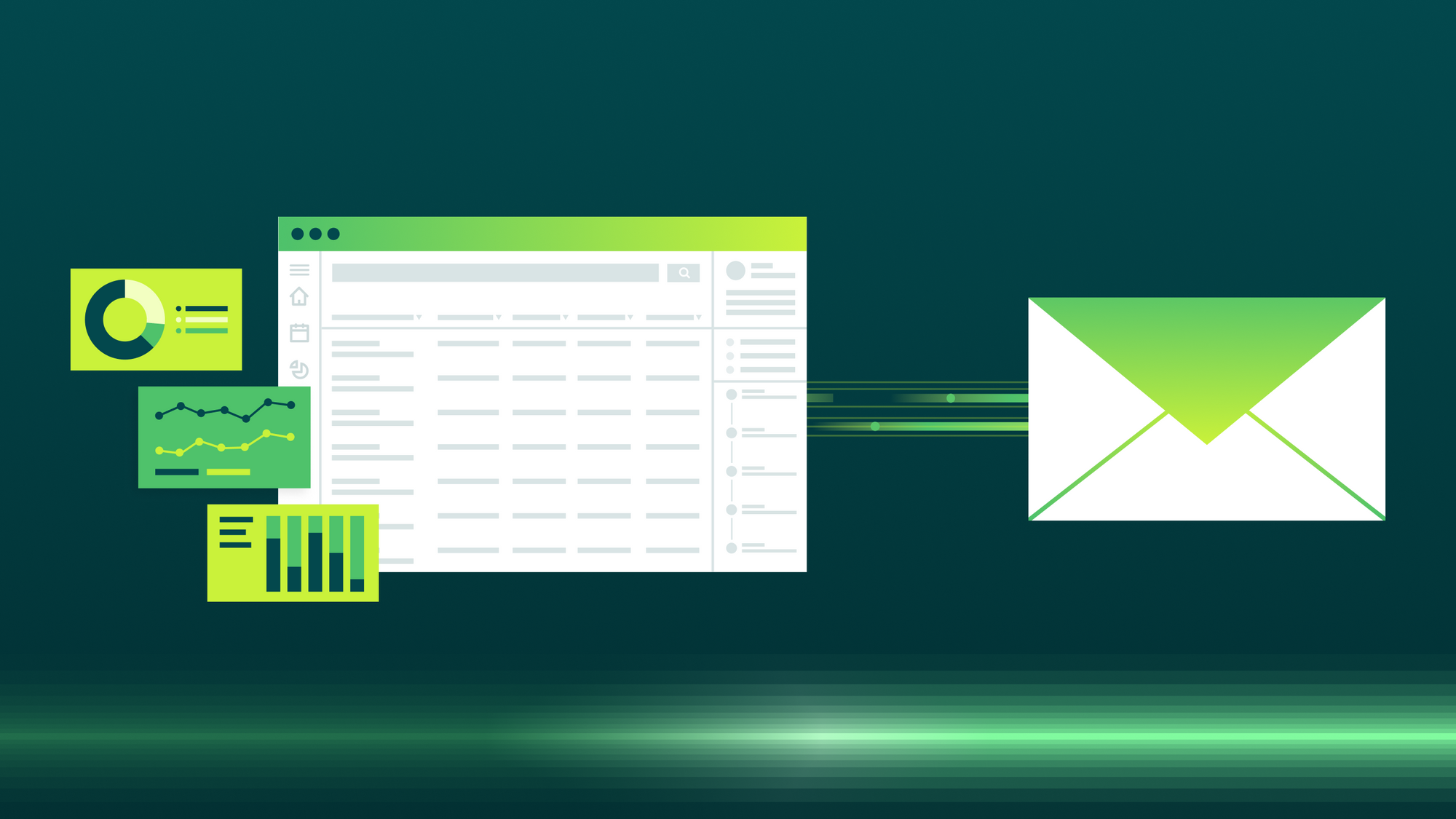
If you could go back in time a decade and ask the top-performing salespeople what their most powerful selling tool was, chances are they’d say their negotiation or relationship-building skills. While both remain a primary part of modern-day sales, there is a new front-runner in our hyper-digital world – data.
On average, SDRs spend less than 36% of their time actually selling your product, with most of their time dedicated to researching and finding ways to connect with prospects.
SDRs have been working with CRM data and website/social media analytics for quite some time now, but the rise of product-led business strategies has put the spotlight on product data – a new, much more actionable type of data. Knowing how your users are leveraging your product helps your SDRs uncover hidden opportunities and personalize communication like never before.
That means SDRs can reclaim the OTHER 66% of their working hours to actually sell the product to people that are ready to buy. I think you can imagine how much extra revenue we’re talking about here.
3 Hyper-Personalization Strategies for Sales Teams
Product-led growth (PLG) is a business model where the main driver of customer acquisition is the product itself. Users can test the product themselves before they buy it without having to sit through a demo or undergo a lengthy sales process.
This new business model gives key insights into how your prospects and customers are using your product – thus providing your business teams with immense detail and data. When analyzed, this data shows patterns and predictions, which can be a goldmine for implementing data-driven outreach.
As more B2B companies adopt PLG tactics, the role of SDRs might seem redundant. In reality, SDRs play a slightly different role in the process of acquisition and retention. Rather than reaching out to prospects who’ve never heard about the product, this PLG approach enables SDRs to engage with active customers and prospects. This product familiarity shifts focus to providing unique, additional value tailored specifically to the customer's individual use case.
Data-Driven Inbound Outreach
Since PLG companies make their product accessible and easy to test, the volume of inbound sales drastically increases. Outreach instantly becomes less cold, considering that interested prospects will already know about the product and its main value to some degree.
When it comes to inbound communication in product-led companies, SDRs take on the role of sales assistants, analyzing product usage data of potential customers to see how they’re using the product. They’re constantly on the lookout for specific triggers that show purchase intent (e.g., creating an account, signing up for a free trial, scheduling a demo, or exceeding product usage limits.)
SDRs use these triggers to spark conversation with existing outreach templates created specifically for particular product actions. Enriching these templates with unique data specific to a given prospect creates highly relevant, perfectly timed, and hyper-personalized emails/messages to already interested prospects.
Here are a couple of examples of what this could look like:
- The prospect tests out a specific feature → “I highly recommend that you also check out feature B & C to maximize your efficiency.”
- The prospect connects CRM on trial “Here’s a quick guide on how to make the most out of this integration.”
- The prospect adds new team members for the first time → “I’d love to talk about roles, permissions, and collaboration features for a growing team.”
Data-Driven Outbound Outreach
The volume of inbound prospects undoubtedly increases with PLG, but does that mean SDRs should neglect those unaware of the product? Absolutely not!
Data-driven sales teams constantly mine, group, analyze, and store valuable prospect and customer data. With outbound, this data is used to show trends over time to build predictions and create ideal buyer personas.
Net new data is important, but historical data is a goldmine for shipping hyper-targeted strategies around account-based prospecting. By segmenting and grouping past and existing customers by key attributes, SDRs can create different personalization strategies that are unique to each buyer persona, focusing on what has proven to work best for each one. Each strategy will have a personalized message, a relevant outreach channel, and a targeted value proposition.
When creating these buyer personas, sales teams often combine product usage data with intent data to achieve a more detailed picture and boost their personalization efforts even further. Product data tells SDRs, which leads to target and gives a generalized idea of how to do that. Intent data takes this a step further by providing unique information on each account:
- Firmographic data shows key attributes like industry, company size, annual recurring revenue, location, number of employees, etc.
- Technographic data shows the technology stack of a target account, allowing SDRs to know exactly which feature/product will open dialogue.
- Psychographic data provides the ultimate level of personalization in outbound outreach
- Product usage data pairs with all of the above to provide correlations between a likelihood to heavily adopt the product with firmographic, technographic, and psychographic characteristics
For example, if most of your customers are in one specific industry, you can run an account-based marketing campaign to target specific accounts in that same industry with relevant use cases and content built around your existing customers.
If you know that the biggest competitor to company X is using your product, this can be a great conversation starter. Likewise, if one of your prospects or customers recently switched jobs, you can send them a congratulations email and see if they want to catch up for a cup of coffee.
The synergy of real-time product usage data and intent signals takes targeting and personalization to a whole new level, creating a unique customer experience like never before and increasing the overall sales pipeline.
Data-Driven Tactics for Upselling and Cross-Selling to Existing Clients
There’s one more way to utilize product data, and that’s with existing customers. Generating new leads and converting them to customers is crucial, but existing customers are the backbone of your business.
Research shows that upselling and cross-selling amounts to around 20% of all business revenue, with some unicorns like Amazon reporting up to 35%. Product-led companies are no exception.
The most common indicator of an upsell opportunity is when an account increases team size by inviting new users. It’s very logical to discuss this expansion with the client and suggest a natural step-up in the product to accommodate this shift. Other upsell or cross-sell opportunities might include factors like business growth, website visits, increases in product usage, or even something as simple as a product review or NPS score.
Here are a few examples of what this could look like in practice:
- The customer keeps visiting your website → “It looks like one of your team members expressed some interest in feature A. Would your team be interested in a short demo?”
- The customer completes a new round of fundraising → “Congrats on the recent fundraising round. Is X still a priority for your team heading?”
- The customer is running up against product usage thresholds. → “Our free plan only supports a max of ten users. Would you be interested in a free trial to our business tier?”
Final Thoughts
Product-led companies are on the rise, and so are the innovative outreach strategies that come with them. These PLG strategies are centered around relevant data that is used to facilitate sales communication with leads and customers like never before. SDRs remain integral players because data alone is irrelevant unless it leads to action.
Author's Bio
Vlad Oleksiienko is the SDR Team Lead at Reply, the multichannel sales engagement platform. With 6+ years of experience in the field, he is keen on building creative outreach strategies and experimenting with different approaches for personalization at scale.
